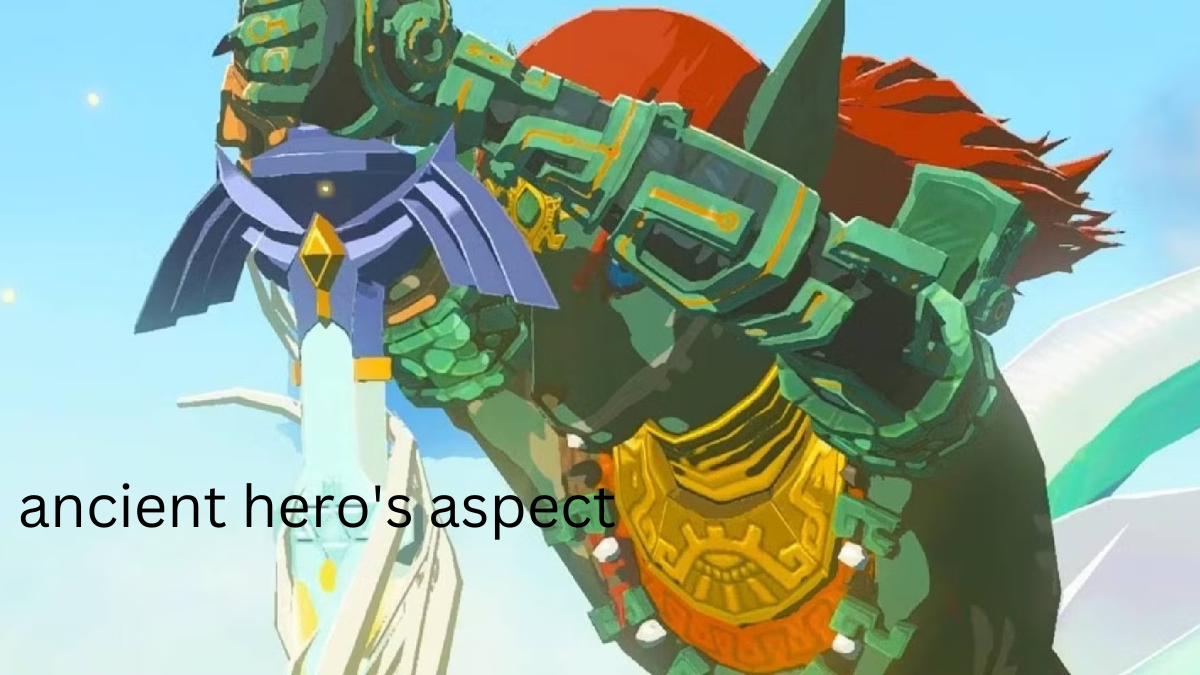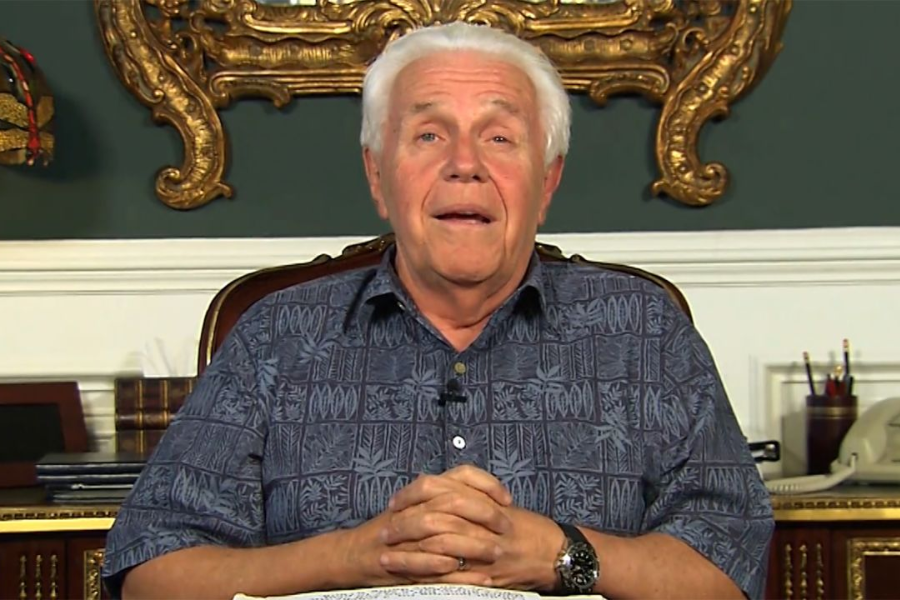Introduction to Ancient Warriors
Throughout history, the echoes of ancient warriors have resonated across continents and cultures. These legendary figures, draped in valor and strength, shaped civilizations with their heroic deeds. From the fierce Greeks to the disciplined Samurai, each society crafted its own tales of bravery that continue to inspire generations.
What drives this fascination with their stories? Is it the thrill of battle or the ideals they embodied? As we delve into various cultures’ mythologies and histories, we uncover not just tales of bloodshed but also lessons of honor, loyalty, and resilience. Join us on a journey through time as we explore Ancient Hero’s Aspect: Uncovering the Legacy of Legendary Warriors. Discover how these remarkable individuals left an indelible mark on our world today.
The Mythological Heroes of Greek and Roman Cultures
Greek and Roman cultures brought forth a pantheon of mythological heroes. These figures were not just warriors; they embodied ideals, struggles, and the human condition.
Take Hercules, for instance. Known for his strength and courage, he faced insurmountable challenges known as the Twelve Labors. Each task tested his resolve while showcasing themes of redemption and perseverance.
Then there’s Achilles from Homer’s “Iliad.” His tale is steeped in honor and tragedy—an invincible warrior brought down by a single vulnerability. His story reflects the complex nature of heroism intertwined with fate.
In Rome, Aeneas emerged as a symbol of duty. He represents resilience amid turmoil, destined to found what would become Rome itself. Such narratives continue to resonate today.
These legendary figures remind us that heroism often springs from struggle—a truth still relevant in our modern tales.
The Legendary Samurai of Feudal Japan
The legendary samurai of feudal Japan embody a unique blend of martial prowess and philosophical depth. These elite warriors were not just fighters; they lived by a strict code known as Bushido, emphasizing honor, loyalty, and discipline.
Samurai were skilled in various forms of combat, from swordsmanship to archery. Their iconic katana was more than a weapon; it symbolized their spirit and status. Mastering the art of battle required years of training and unwavering commitment.
Beyond the battlefield, samurai engaged in cultural pursuits. Poetry, calligraphy, and tea ceremonies showcased their refined sensibilities. This duality shaped the ethos of these remarkable figures.
Their legacy persists today in modern martial arts and popular culture. Films and literature continue to romanticize their lives while preserving traditional values that resonate throughout history. The samurai’s influence can still be felt across different aspects of Japanese life even now.
The Brave Viking Warriors of Scandinavia
The Viking warriors, known for their fierce spirit and unyielding bravery, roamed the seas from the late 8th to early 11th centuries. Originating from Scandinavia, these Norsemen were more than just marauders; they were skilled sailors and explorers.
Their longships allowed them to travel vast distances, reaching as far as North America and the Mediterranean. Their unique designs made them swift and formidable on both sea and land.
Equipped with axes, swords, and shields adorned with intricate carvings, Vikings fought fiercely in battle. They valued courage above all else—a true warrior sought glory rather than wealth.
Beyond warfare, Viking culture thrived through storytelling. Sagas passed down tales of valor that inspired generations. These narratives celebrated not only battles but also camaraderie among warriors—an essential bond in their tumultuous lives.
Comparing the Fighting Styles and Tactics of Each Culture
Ancient warriors showcased a variety of fighting styles shaped by their cultures and environments. Greek hoplites, for example, relied on the phalanx formation. This tightly packed unit allowed them to strike with precision while maintaining a strong defense.
In contrast, Samurai employed a more individualistic approach. Their emphasis on swordsmanship reflected honor and discipline. The katana was not merely a weapon but an extension of their spirit.
Vikings took advantage of surprise tactics in battle. With longships enabling rapid coastal raids, they struck fear into enemies through both skill and sheer audacity.
Each culture had unique weapons that influenced combat techniques as well. Shields were crucial for Greeks; bows were favored by some Vikings; while Samurai perfected archery alongside melee combat.
The interplay between environment and strategy created diverse methods that continue to fascinate historians today.
The Influence of Ancient Warriors on Modern Practices
Ancient warriors have left an indelible mark on modern practices across various fields. Their strategies, bravery, and codes of honor continue to inspire contemporary military training and leadership principles.
Martial arts disciplines such as karate and judo trace their roots back to the fighting styles of ancient samurai. These practices emphasize discipline, respect, and self-control—qualities essential for any warrior.
In business, concepts derived from these legendary figures often inform management tactics. The idea of leading by example echoes the virtues displayed by Greek heroes like Achilles or Odysseus.
Even in popular culture, films and literature draw heavily from tales of ancient warriors. They serve as archetypes for heroism that resonate with today’s audiences.
The legacy is evident not just in combat but also in how society values courage and sacrifice. These timeless traits remain relevant as we navigate our own challenges.
Preserving the Legacy through Art and Literature
Art and literature serve as powerful vessels for preserving the legacy of ancient warriors. Through epic poems, like Homer’s “Iliad,” we glimpse the valor of Greek heroes, their struggles immortalized in verses that resonate through time.
Similarly, Japanese ink paintings capture the spirit of samurai culture. Each brushstroke tells a story of honor and duty, inviting viewers to reflect on these noble figures.
Scandinavian sagas narrate tales of Viking exploits filled with bravery and adventure. These narratives not only entertain but also impart lessons on resilience and loyalty.
Modern adaptations in films and novels continue this tradition, breathing life into historical accounts while inspiring new generations. Artists draw from these rich legacies to create works that celebrate heroism across cultures.
Through creativity, we keep the essence of legendary warriors alive—ensuring their stories remain relevant for years to come.
Conclusion: Lessons to be Learned from the Heroic Figures of the Past
The stories of ancient warriors resonate with us today for a reason. They embody the virtues of bravery, honor, and resilience. Each culture showcases its unique approach to conflict and heroism, yet they share common themes that transcend time.
From the mythological heroes of Greece and Rome to the disciplined samurai of Japan, every warrior has left an indelible mark on history. The fierce Viking raiders demonstrated not only their martial prowess but also their deep-seated beliefs in fate and glory.
As we study these legendary figures, we uncover valuable lessons that can be applied in modern life. Whether it’s facing our fears head-on or standing firm in our values amidst adversity, there is much to learn from those who came before us.
Art and literature serve as powerful tools for preserving this legacy. Through tales told across generations, we keep alive the spirit of these heroic figures. Their legends inspire creativity while reminding us of what it means to be courageous.
Ancient warriors may have lived centuries ago, but their essence continues to influence our understanding of strength and honor today. As we navigate our own battles—be they personal or societal—we can draw inspiration from their stories to forge a path forward with integrity and valor.









